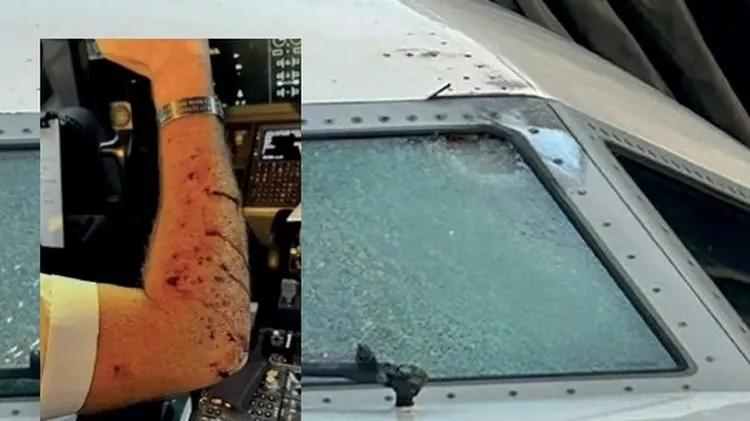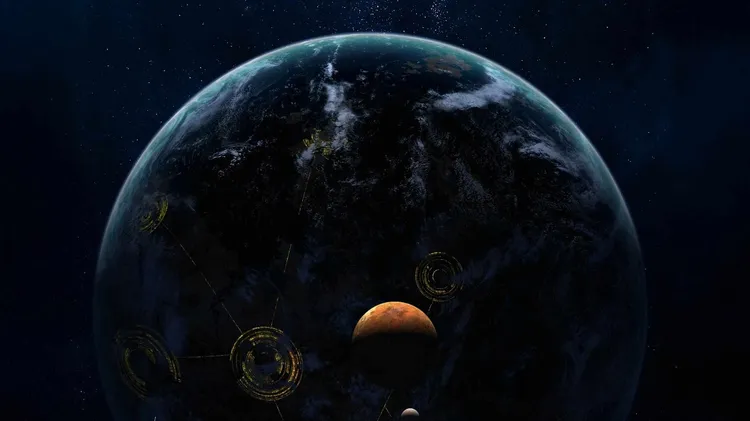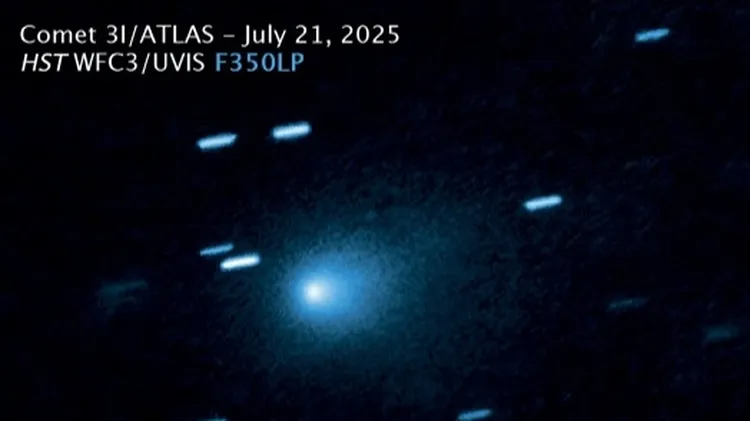The Hayabusa mission was almost destroyed by one of
Space weather spaceflight’s biggest danger
9 min read
This article is from...
Read this article and 8000+ more magazines and newspapers on Readly






